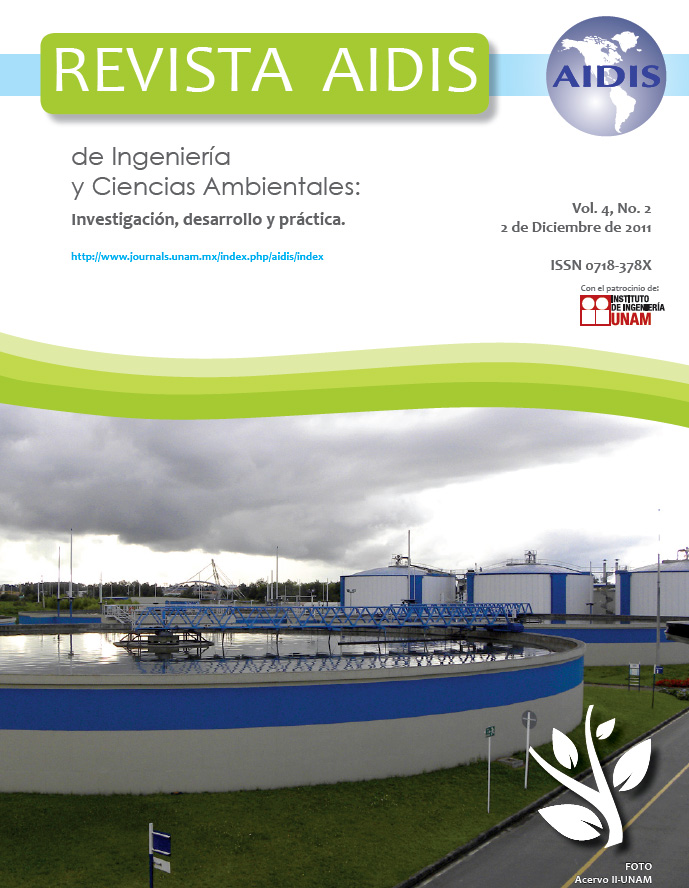TRATAMENTO DE ÁGUA DE LAVAGEM DE CANA DE AÇÚCAR POR COAGULAÇÃO, FLOCULAÇÃO E SEDIMENTAÇÃO
Contenido principal del artículo
Resumen
Os processos de fabricação de açúcar e álcool consomem e geram consideráveis volumes de águas residuárias, sendo a maior parcela para a etapa de lavagem da cana de açúcar, que objetiva a retirada de terras e palhas que se acumulam junto à cana durante a colheita. A água de lavagem de cana (ALC) usualmente é recirculada e com o passar do tempo perde qualidade, necessitando de grandes volumes de reposição. Atualmente, os tratamentos aplicados à ALC para reciclo são a correção de pH e a sedimentação natural, que sem o auxílio de coagulantes químicos, apresenta baixa eficiência e elevado tempo de detenção, desta forma o processo de sedimentação primária quimicamente assistida (SPQA) pode ser uma alternativa para o tratamento da ALC em reciclo. O objetivo deste estudo foi promover melhoria na qualidade da ALC de uma unidade de produção de açúcar e álcool. Uma amostra da ALC foi coletada na unidade industrial e transportada ao laboratório onde foram realizados ensaios em reatores estáticos (jar-test) com os coagulantes comerciais, cloreto férrico e sulfato ferroso clorado (floculan), para a otimização das etapas de coagulação, floculação e sedimentação. Durante o período da pesquisa foi realizado um monitoramento da ALC da unidade industrial em operação com o objetivo de caracterização e avaliação da eficiência do sistema em escala real. Um balanço de massa foi empregado para estimar a quantidade de lodo gerado. Nos resultados de tratamento da ALC, o floculan foi o coagulante que apresentou melhor eficiência na remoção de turbidez e sólidos suspensos totais com 99% e 97% respectivamente. A supressão da etapa de floculação não apresentou alteração na eficiência de remoção de turbidez e sólidos suspensos. A não utilização de floculação resultou em aumento nos valores de turbidez. O estudo econômico para diferentes alternativas de aplicação do tratamento apresentou viabilidade na aplicação de coagulante de forma intermitente. Considerando o sistema em operação de escala real pode ser previsto uma diminuição dos custos com o uso de coagulante e das taxas de produção de lodo devido ao efeito do aumento gradativo da qualidade da ALC.
Palavras Chaves: água de lavagem de cana; cana de açúcar; reciclo; sedimentação primária.


